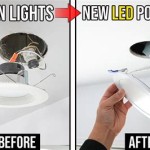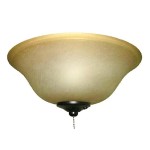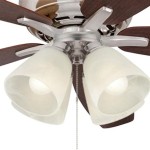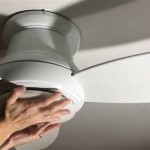Recessed Lights In Open Ceiling: How They Can Transform Your Room's Ambiance
Recessed lights, also known as can lights, have become increasingly popular in recent years, especially in open ceiling designs. These lights offer a sleek, modern look while providing ample illumination. But what exactly is it about recessed lights that makes them such a sought-after choice in open ceiling designs?
Benefits of Recessed Lights
Recessed lights bring numerous benefits to open ceiling spaces, including:
- Enhanced Aesthetics: Recessed lights create a clean and minimalistic look, blending seamlessly into the ceiling, without any bulky fixtures or visible bulbs.
- Energy Efficiency: Unlike traditional fixtures, recessed lights can be equipped with energy-efficient LED bulbs, reducing energy consumption and lowering electricity bills.
- Directional Lighting: Recessed lights allow you to control the direction of light, providing targeted illumination to specific areas of the room, such as artwork, accent walls, or task areas.
- Uniform Lighting: Multiple recessed lights can be strategically placed to create a uniform distribution of light, avoiding dark spots or excessive brightness in certain areas.
- Space Saving: Recessed lights are installed into the ceiling, taking up minimal space, making them ideal for rooms with low ceilings or where space is at a premium.
Choosing the Right Recessed Lights
To enjoy the full benefits of recessed lights in your open ceiling, careful consideration should be given to the following factors:
- Lumens: Lumens measure the total amount of light emitted from a bulb. Choose the appropriate lumens based on the size of the room and the desired brightness level.
- Color Temperature: Color temperature refers to the warmth or coolness of the light. Choose warm light (2700K-3000K) for a cozy atmosphere or cool light (4000K-5000K) for a more invigorating ambiance.
- Beam Angle: Beam angle determines the spread of light from the fixture. Wide-angle beams provide diffused illumination, while narrow-angle beams create a concentrated spotlight.
- Trim Design: The trim design of recessed lights comes in various styles, including round, square, and even decorative trims. Select a trim that complements the overall design of your room.
Installation Considerations
Proper installation is crucial for the optimal performance of recessed lights in an open ceiling:
- Ceiling Height: Ensure there is sufficient clearance above the ceiling to accommodate the recessed lights and their housings.
- Joists: Recessed lights need to be secured to the joists or ceiling frame. Locate the joists in your ceiling to ensure proper support.
- Wiring: Electrical wiring for the recessed lights should be done by a qualified electrician to ensure safety and compliance with electrical codes.
- Spacing: Plan the spacing of the recessed lights carefully to achieve uniform lighting and avoid shadows or dark spots.
Conclusion
Recessed lights add a touch of sophistication and elegance to open ceiling designs while providing versatile lighting solutions. By choosing the right type of recessed lights and installing them properly, you can create a well-lit, visually appealing, and energy-efficient space that suits your unique needs and preferences.
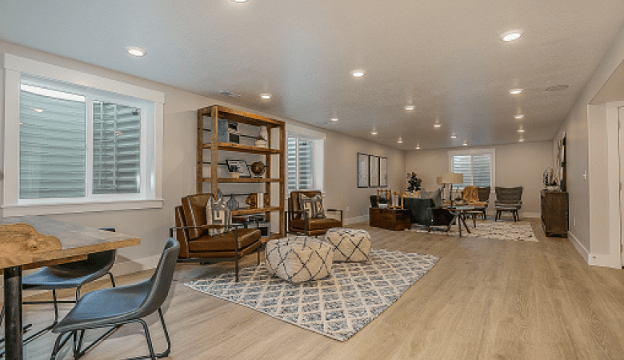
The Ultimate Guide To Smart Gimbal Recessed Light By Dodo Medium

Track Lighting Vs Recessed For Your Home

Open Up Your Kitchen With Recessed Lighting Lightstyle Of Tampa Bay

6 Recessed Lighting Par 30 Socket Holder Satin Open Trim

3 Things You Need To Know About Recessed Lighting Stewart

Halo 6 In Satin Nickel Recessed Ceiling Light Open Splay Trim 301sn The Home Depot

Lutron The Next Generation Of Recessed Lighting Blog

6 Recessed Lighting Par 30 R White Open Trim

Halo E26 Series 6 In White Recessed Ceiling Light Open Trim With Socket Support 300p The Home Depot

Recessed Light Support For Open Ceiling 3 In By Silentcarrier Free Stl Model Printables Com
Related Posts

